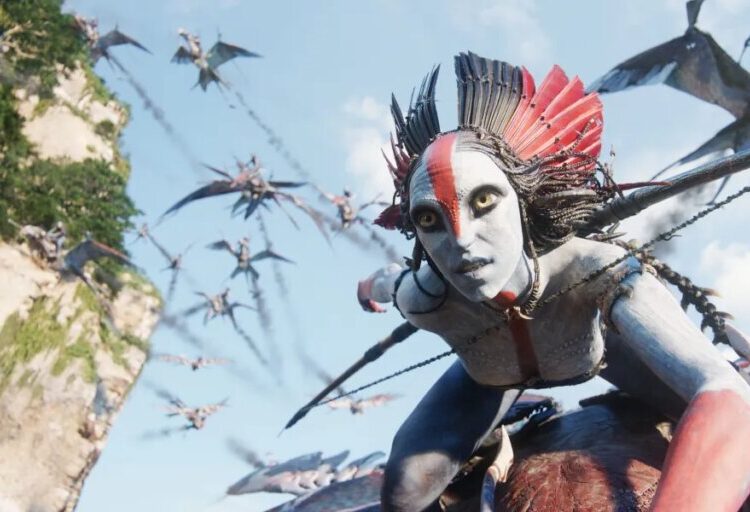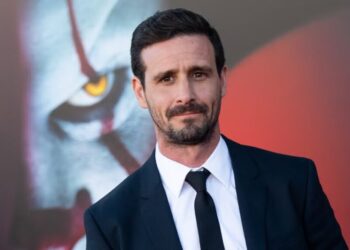Simon Mathews is not exactly a traditional hire, but “traditional” has not exactly worked out for the Washington Nationals as of late.
So they pivoted. As much as any hire can, Washington’s new pitching coach represents that pivot.
On a video conference call with reporters Wednesday, Mathews talked about “feedback loops” and “banger sliders,” and he did so in the same sentence. He has a background in protecting arms (as a rehab coordinator in the Cincinnati Reds’ minor league system) and maximizing them (as an instructor at forward-thinking, analytically inclined pitching labs Push Performance and Driveline). He also has major league experience (as an assistant pitching coach with the Reds), which is key when the manager has none.
He was witty and at times self-deprecating and, when asked whether “big league pitching coach” was in the grand plan at any point, he answered with a firm no.
But now, at 30, he is one. He will oversee one of the youngest pitching staffs in baseball and work under Blake Butera, MLB’s youngest manager in more than 50 years. He is an analytically driven communicator with a diverse background, someone who speaks (fluently in English and Spanish) the same vocabulary as the strength and conditioning staff, the sports scientists, the front office, the analytics group and the pitchers themselves.
“I think that’s where I thrive, more so than anything else,” Mathews said.
New president of baseball operations Paul Toboni preached “alignment” in Boston. In Mathews, he found someone with that track record.
But the new pitching coach also will have a lot on his hands.
Modern baseball organizations prioritize and teach velocity and movement. Washington’s pitchers have struggled — in the majors and the minors — in large part because they throw pitches that are less nasty than those of their peers. In 2025, they ranked 28th in FanGraphs’ Stuff+ metric (which measures that sort of thing) and 29th in ERA. Cincinnati ranked 12th in ERA and 12th in Stuff+.
In Washington, improving on that front could mean helping Jake Irvin get his velocity back, should the Nationals tender him a contract. It could mean getting Mitchell Parker to not only trust more than two of his pitches but enhance the splitter or get more out of his from-the-heavens arm slot. It could mean helping Josiah Gray find the handful of pitches that can spin a little harder, Jose A. Ferrer find more life on his slider and Cade Cavalli sharpen an already impressive tool kit. It could mean unlocking the best version of MacKenzie Gore, if Gore is not traded.
“My foundational belief about pitching is that you really have to honor the individual gifts of the player,” Mathews said. “One of the things that’s really fabulous about the modern age of baseball is we can shorten the feedback loop on identifying ‘What is it about this guy that makes him awesome?’”
There is a theory that helping a pitcher maximize his stuff means maximizing the chances that he will blow his arm out. Take the Los Angeles Dodgers: wildly successful, oft-injured. Mathews does not believe stuff and health are mutually exclusive.
In the minor leagues, his “North Star” in developing healthy pitchers was promoting durability — packing on muscle and adding athleticism — rather than just focusing on how to help a pitcher come back from an injury.
“I think we are really good training away from maximizing guys’ potential to perform and stay healthy at the same time,” Mathews said. “It’s baseball, and stuff happens. But we can put guys in … a position where they stand the best chance.”
Sign up for our newsletter, For Old D.C. It’s a Commanders newsletter for Washington sports fans, including news, analysis and trivia from Scott Allen.https://t.co/DlUDxAhRwl
— Post Sports (@PostSports) October 16, 2025
Though he downplayed his own accomplishments, it remains relevant that Cincinnati’s staff improved meaningfully this season, Mathews’s lone year on a big league bench. Nick Lodolo went from a 4.76 ERA to 3.33, Andrew Abbott went from 3.72 to 2.87. And Hunter Greene — well, he kept on doing Hunter Greene things (2.75 to 2.76).
Mathews sees potential in Washington, too. When he found out the Nationals were potentially interested in hiring him, his first call was to Sean Doolittle, a friend, a former trainee and now a colleague. (Doolittle, previously Washington’s pitching strategist, will remain with the team in a role to be determined.) Then there was his own experience watching from the dugout.
“I remember sitting in the dugout feeling helpless watching MacKenzie Gore pitch against us in Cincinnati last year, and just kind of this feeling that there was a ton of talent on this staff,” Mathews said. “Diving into guys like Cade Cavalli, Jake Irvin, Mitchell Parker; watching Jose Ferrer come out of the bullpen slinging 100-mph sinkers from the left side, it’s a really exciting group from a young talent perspective.”
But there is also a harsher reality to the situation Mathews will inherit. In the majors, nothing is more important than winning. He will have to balance winning at the major league level with encouraging development — ideals that seem destined to occasionally butt heads in Washington.
“The Washington Nationals are going to have to develop our next really competitive team, and so there’s a little bit of patience sort of inherent there,” Mathews said. “If we’re sure it’s going to work or if we’re sure we’re moving the ball in the right direction, then we can withstand a little bit more short-term difficulty while honoring the fact that the player, the fans, the whole organization is going to really acutely feel success or failure in the moment.”
The post Feedback loops, banger sliders and the pitching coach who will shape the new Nats appeared first on Washington Post.




